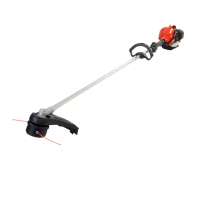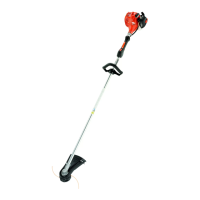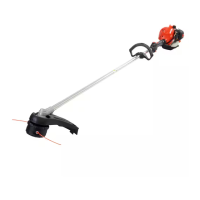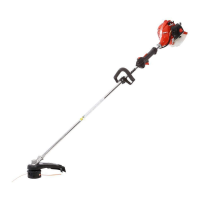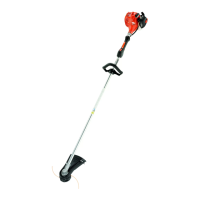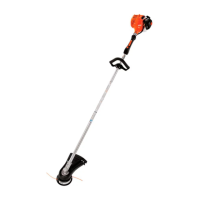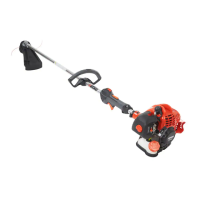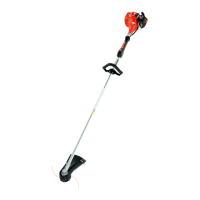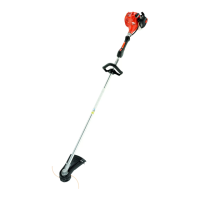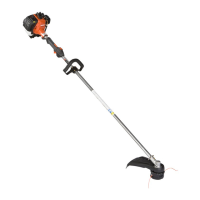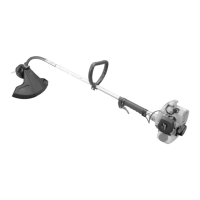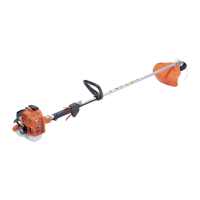What to do if Echo Trimmer engine runs, but dies or does not accelerate properly?
- CChristina WalkerAug 11, 2025
If your Echo Trimmer runs but dies or doesn't accelerate properly, check these potential causes: * **Dirty air filter:** Clean or replace the air filter. * **Dirty fuel filter:** Replace the fuel filter. * **Plugged fuel vent:** Clean or replace the fuel vent. * **Dirty or worn spark plug:** Clean and adjust, or replace the spark plug. * **Improper adjustment:** Adjust the trimmer. * **Dirty or plugged cooling system:** Clean the cooling system. * **Plugged spark arrestor screen:** Replace the spark arrestor screen.
